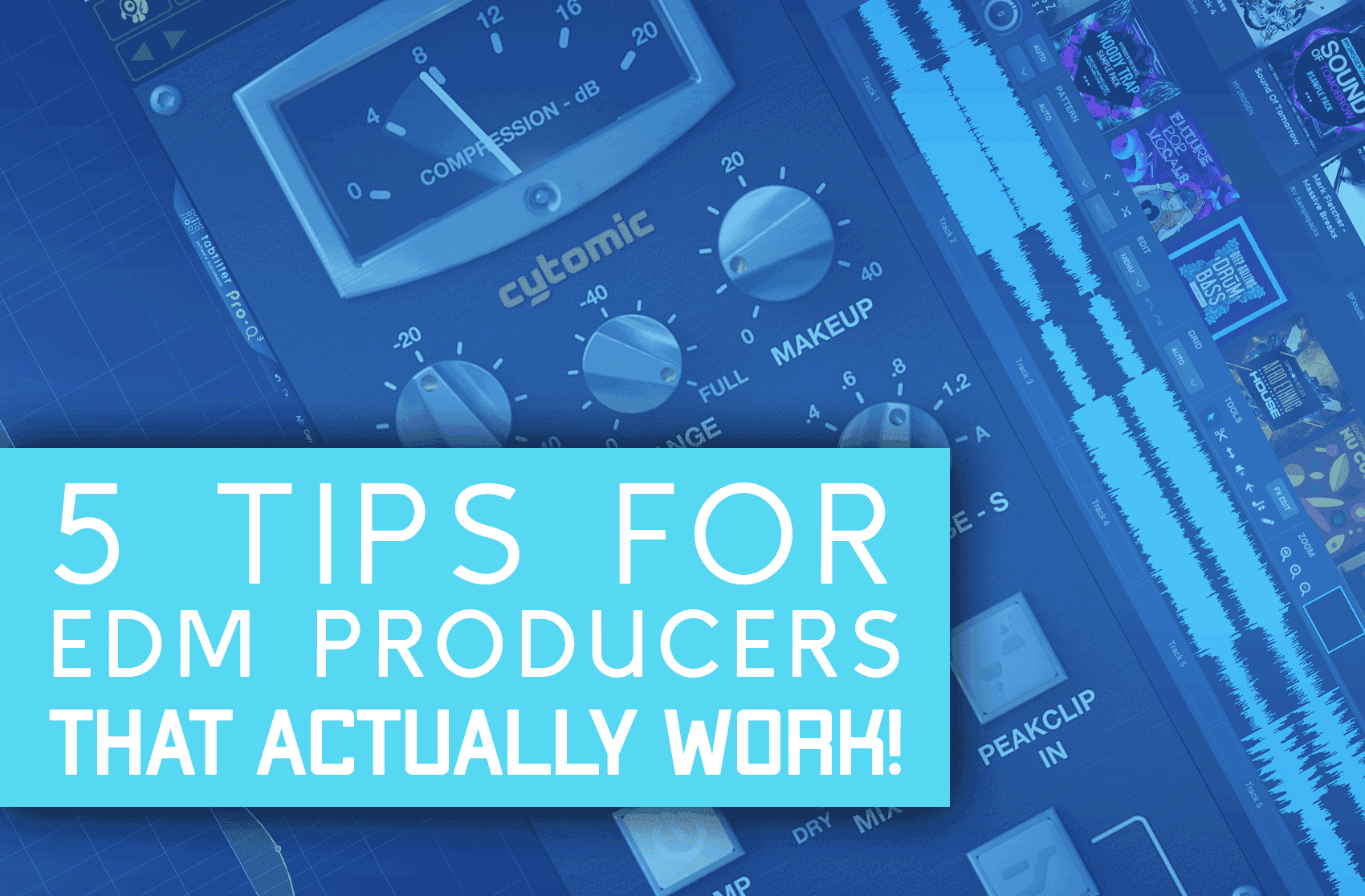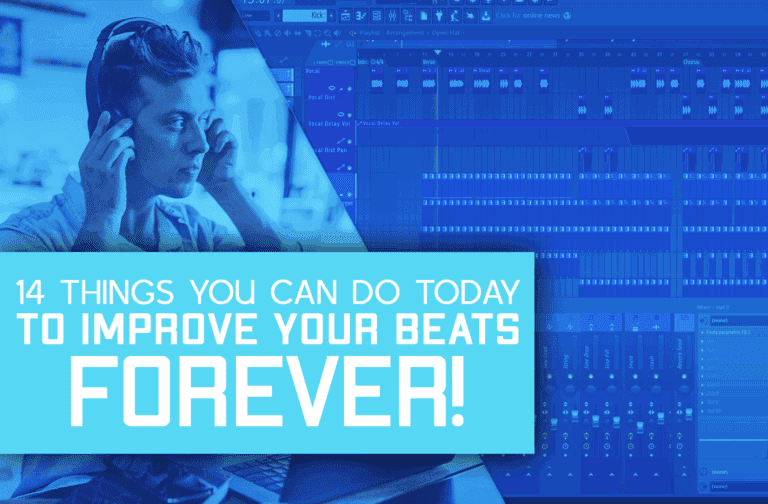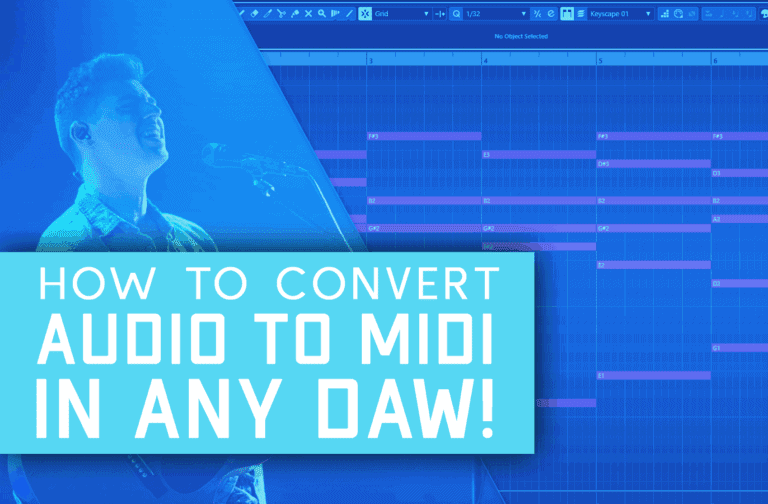For your convenience, these are the tips we’ll go through in the tutorial –
- Add Something Interesting At The First 10 Seconds
- Spend A Lot Of Time Choosing The Right Sounds
- Keep Your Melodies Simple And Your Sound Complex
- Make Space For Every Thing
- Pick A Theme And Stick To It
1. Add something interesting at the first 10 seconds
Nowadays, there are so many great producers and so many great tracks, so the average listener’s attention time to a track dropped drastically.
If you want the listeners to hear your tracks from start to finish, and to separate your track from other tracks, you have to add something interesting right at the beginning of your tracks.
To do that, you can introduce your main idea, or you can add unique elements. I recommend trying to combine the two.
For example, you can play parts of the main melody with a unique instrument, or you can add an interesting atmosphere.
A great example of an interesting element is the short vocal phrase at the beginning of the song “Strangers Do” of Jonas Aden.
He teased the vocals, and therefore caught the attention of the listener right at the beginning.
The final point – Long intros don’t work anymore when trying to make catchy songs anymore.
You should get right to the point without spending the listener’s time.
However, if you’d like your song to be played by DJs, you should also make a club version of the song that includes a good old intro.
2. Spend a lot of your time choosing the right sounds
In the end, EDM is almost all about the sound, and its a lot easier to start with a great sound and make it amazing, rather than starting with an ok sound and making it amazing.
So when you get to the stage of developing your sound, take your time and really try to use only great presets and samples.
The most important thing when trying to make an EDM track that sounds good is picking sounds that you love from the beginning.
If you don’t use presets and samples that you love from the beginning, either you’ll spend a lot of time and end up with something that might sound even worse than it did before you’ve changed it.
Or you’ll spend even more time and end up with something that you hate (which is what happens most of the time).
Keep in mind that each effect that you add slightly decreases the quality of the sound.
So, it’s best to add as few effects as you can.
I use two primary sources for amazing samples and presets.
Splice
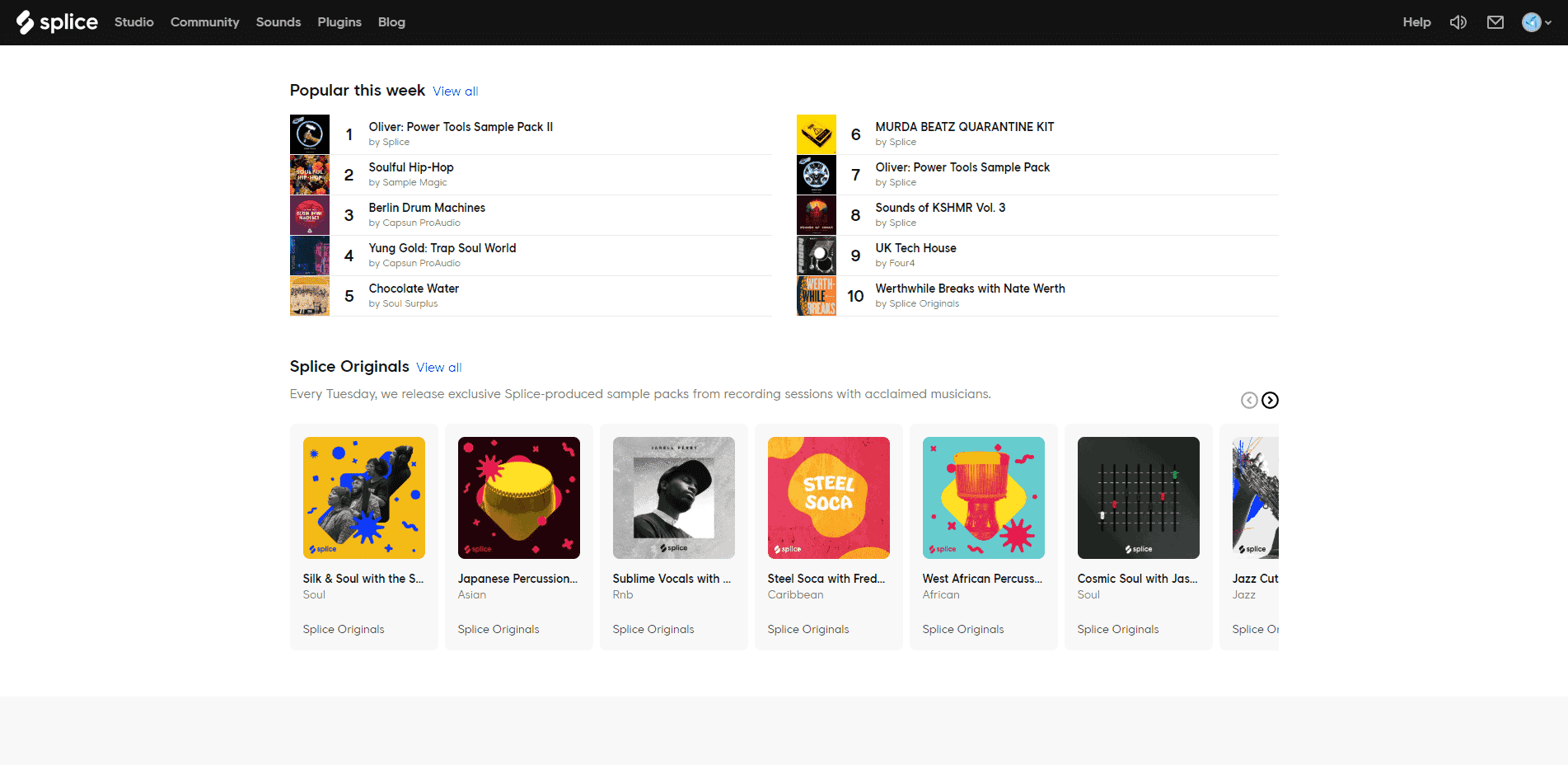
Splice’s Pros –
- It has a massive variety of samples and presets to pick from, so it’s guaranteed that you’ll always find the sound you’re looking for.
- Everything you buy on Splice is automatically saved on your online library, and is yours forever, even if you cancel your subscription.
- The user interface is intuitive and user-friendly.
- You can easily filter your search results and find what you’re looking for.
- It has a super convenient desktop application that you can easily drag samples from, directly to your DAW.
- Intuitive and straightforward interface.
- Everything you download is royalty-free.
Splice’s Cons –
- It is paid only.
- It doesn’t have sound processing options, as Loopcloud does.
- It doesn’t have internal plugins, as Loopcloud does.
Loopcloud
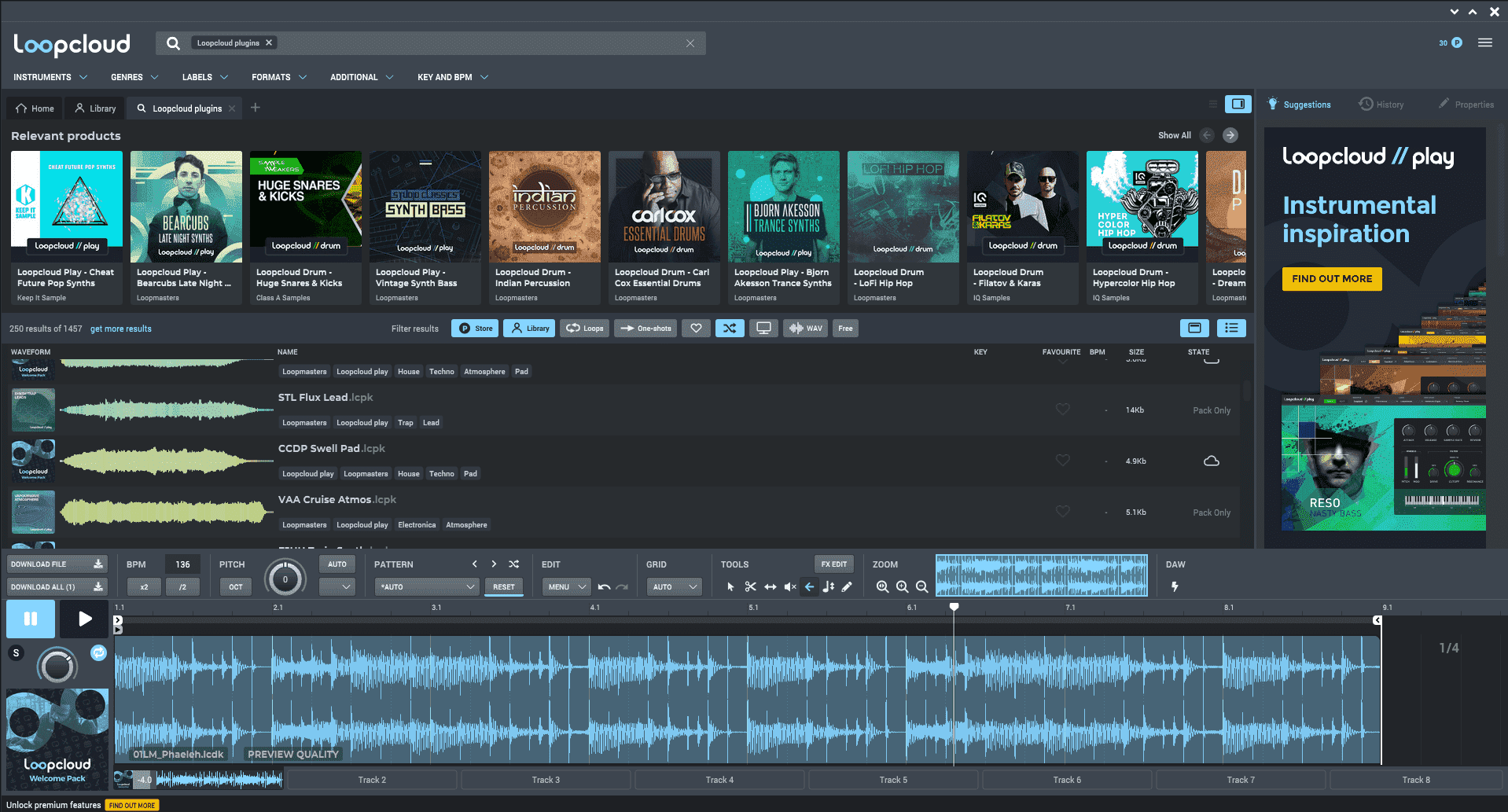
https://www.loopcloud.com/cloud/
Loopcloud’s Pros –
- You can easily filter your search results and find what you’re looking for.
- It has a super convenient desktop application that you can easily drag samples from, directly to your DAW.
- It lets you process the samples inside the application.
- It lets you hear how multiple samples sound together in the application. (The free version only allows you to preview two samples together at a time).
- It gives you free samples each day.
- Everything you download is royalty-free.
- It has free plugins that you can use in your DAW to
Loopcloud’s Cons –
- Its user interface is a bit messy.
- It doesn’t include presets.
- It doesn’t offer external plugins rental.
https://www.loopcloud.com/cloud/
To understand which one of these would work better for you I highly suggest that you check out my complete hands-on review of Splice VS Loopcloud, where I outlined all of the main differences and explained which software I think that each person should use.
3. Keep your melodies simple and your sound complex
Every great EDM track is based on two things – A good melody and a great full sound.
Usually, the best EDM songs are those who have simple, powerful melodies, so one thing I recommend you to do is to keep your melodies up to 6 notes.
If a melody that sounds good only contains six notes, you can know that it’s a catch one.
Usually, I would even try to keep it up to 5 notes. But, some melodies just require more than that.
So, don’t harshly limit yourself to a specific amount of notes, but remember as a guideline that a good EDM melody shouldn’t be complex.
But, there’s a whole other story when it comes to your sound design.
When it comes to the way that your track sounds, you have to make sure that you make it sounds professional and as unique as you can.
You can do that in many ways.
The way that works best for me is adding instruments from multiple genres and mixing them in the song, but you can do it in other ways too.
Two more great ways are unique sound designing and unique layering.
4. Make space for everything
Have you ever noticed how clean and organized the sound of professional tracks is?
They achieve this sound by making sure that every element in their mix has enough space to fit in the mix.
To do that, you’ll have to make sure that your mix is tonally balanced, use sidechain-compression and place the elements in your mix correctly in the stereo field.
What Is Tonal Balance –
To understand what tonal balance is, we have to understand and know what the “frequency spectrum” is.
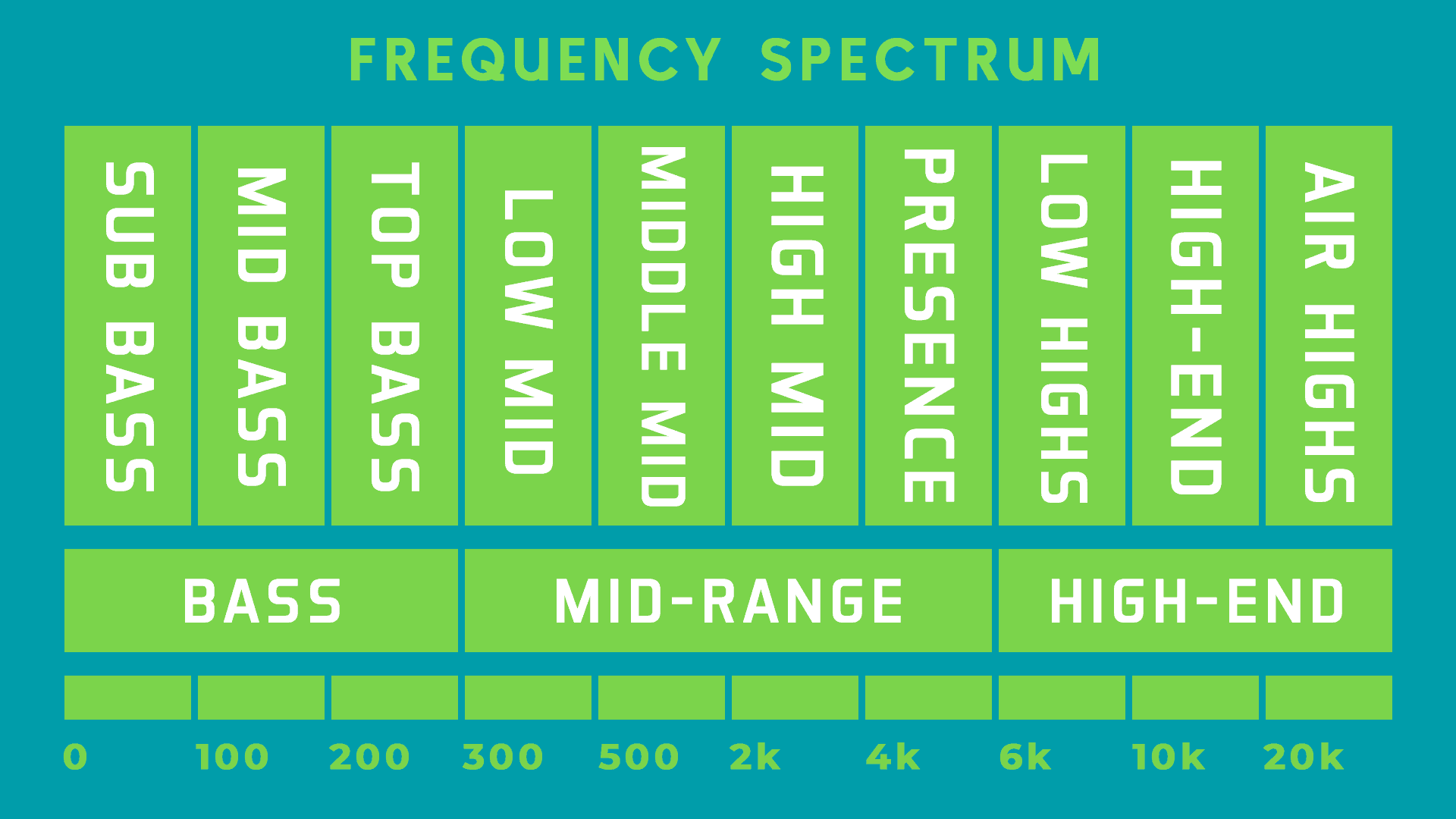
As you can see, the frequency spectrum is divided into three parts.
The low-end, mid-range, and high-end.
Tonal balance means that each part of the frequency spectrum is well balanced and present in the mix compared to the other two parts.
And that each instrument has enough space in the overall mix.
If you achieve tonal balance, your mix will sound good on every audio system that you’d throw it on.
How to achieve the perfect tonal balance
You can think of your mix like a box that’s divided into three parts. Each part represents a different part of the frequency spectrum.
Each element that you’ll add will fill the box a little more.
But notice that the box might get full before you’re done adding all of the instruments that you want to add.
Therefore, you better clean all of the unnecessary frequencies.
When I say unnecessary frequencies, I mean the frequencies that don’t improve the sound of the mix, or frequencies that don’t add anything to the sound of the element.
In other words, if you want to make space for every instrument in your mix, you have to keep only the frequencies that you need from every instrument.
If you’re interested in improving your equalization skills, I’ve written a practical equalization guide where I outlined my top 5 equalizer tips that actually work.
What Sidechain Compression Is
Sidechain Compression is a production technique that allows you to decrease the volume of one element when another element comes in.
This way, you can make space for all of the elements in your mix – usually, you sidechain your bass to make space for your kick.

Sidechain Compression works just like a regular compressor except for one thing.
Sidechain Compression uses an external signal to trigger the compression (instead of the threshold that a standard compressor uses).
Sidechain Compression is especially popular via Hip Hop, Trap, Pop, Future Bass, and every genre that has a drum pattern that’s not sharp on the beat.
Since the gate sidechain method can only work with const beats, it’s great for genres like Progressive House, and Big Room where the kick is sharp on the beat, but it’s not good enough for genres where the kick pattern is complex.
An excellent gate-sidechain plugin is LFOTool by Xfer Records.

It allows you to make your sidechain curves, and design them exactly how you want them, so you can get perfect matches between the elements you side chain and those you don’t.
This plugin also allows you to make panning envelopes and filter envelopes so you can get super creative and unique results using it.
And, honestly, I was really surprised at how fast I was able to get amazing results with this plugin right after I’ve bought it from Splice.
How can sidechain help you?
You can use sidechain to decrease the volume of the bass every time that the kick comes in.
This way, you can make room for your kick to be punchy and “cut through” the mix.
If you feel like something just can’t cut through your mix, or just doesn’t have enough space, you can use a compressor to lower other tracks when it’s coming in.
The most common use of sidechain compression is the kick and the bass.
Most basses don’t leave enough space for the kick, so to make space for it, you use sidechain.
What Is The Stereo Field

Have you ever heard a song where the chorus comes in, and everything suddenly starts to sound super wide, but still incredibly focused, and powerful?
If so, it means that that song’s mixing engineer has used the stereo field correctly.
But, before we dive into how to use it correctly, we need to understand what it is.
As you probably know, every song consists of mono elements, left/right elements, and full stereo elements (which are elements that play both in the left and the right channels).
The stereo field is the range that’s created when mono, left, and right elements are combined.
How can the stereo field help us?
We can use the stereo field to make space for all of the elements in the mix, and as written above, to make it sound wide and prominent.
The most common methods used today to take advantage of the stereo field are LCR and 50/50 Panning.
LCR & 50/50 Panning
We can take advantage of the stereo field with these methods of panning.
LCR and 50/50 Panning mean that every element in the mix but the vocals, the kick, the bass, and the snare should be panned all the way or 50% to the left/right.
That way, you make space for the main elements like the vocals to shine, and you add a lot of width to your mix, and that can result in a super full mix.
Check out the picture of the stereo field above to see the usual possible places of common elements in the stereo field.
You usually want the vocals, the kick, the bass, and the snare to be centered and mono, and everything else to be on the sides.
Check out this example of one of my songs, pre and post panning.
Make sure that you’re listening with headphones or with quality studio monitors so you can hear the difference easily.
First, let’s listen to the track pre-panning.
Now, let’s use panning.
Do you hear how much space went clear?
It’s incredible because this space makes the track a lot cleaner, and it allows you to add new elements that will fill out the track.
To learn more about the stereo field and about the difference between mono and stereo in general, I highly suggest that you check out the article that I’ve written – The Difference Between Mono & Stereo – Explained Simply!
In the article I explain the basic differences between mono and stereo, and I go over all of the ways that you can use them to your advantage.
5. Pick a theme and stick to it
If you want to be separated from the massive amount of generic tracks there are today, try choosing a theme for your song.
I’ve found that when a song has its own special theme, it really takes it to a whole other level.
When you find a theme, stick to it and try to keep every part of the song related to it.
For example, when I work on a song with an ethnic theme, I usually add one or more of the following – an ethnic flute, an oud, ethnic percussions, etc…
A great example of a song that sticks to its theme is the song “dharma” of Kshmr.
As you can see, Kshmr picked an ethnic theme, and therefore, the whole song is full of ethnic elements.
He added ethnic percussions, an Arabic style melody, ethnic vocals, and lots of ethnic instruments.
This way, the song’s vibe is a lot clearer.

